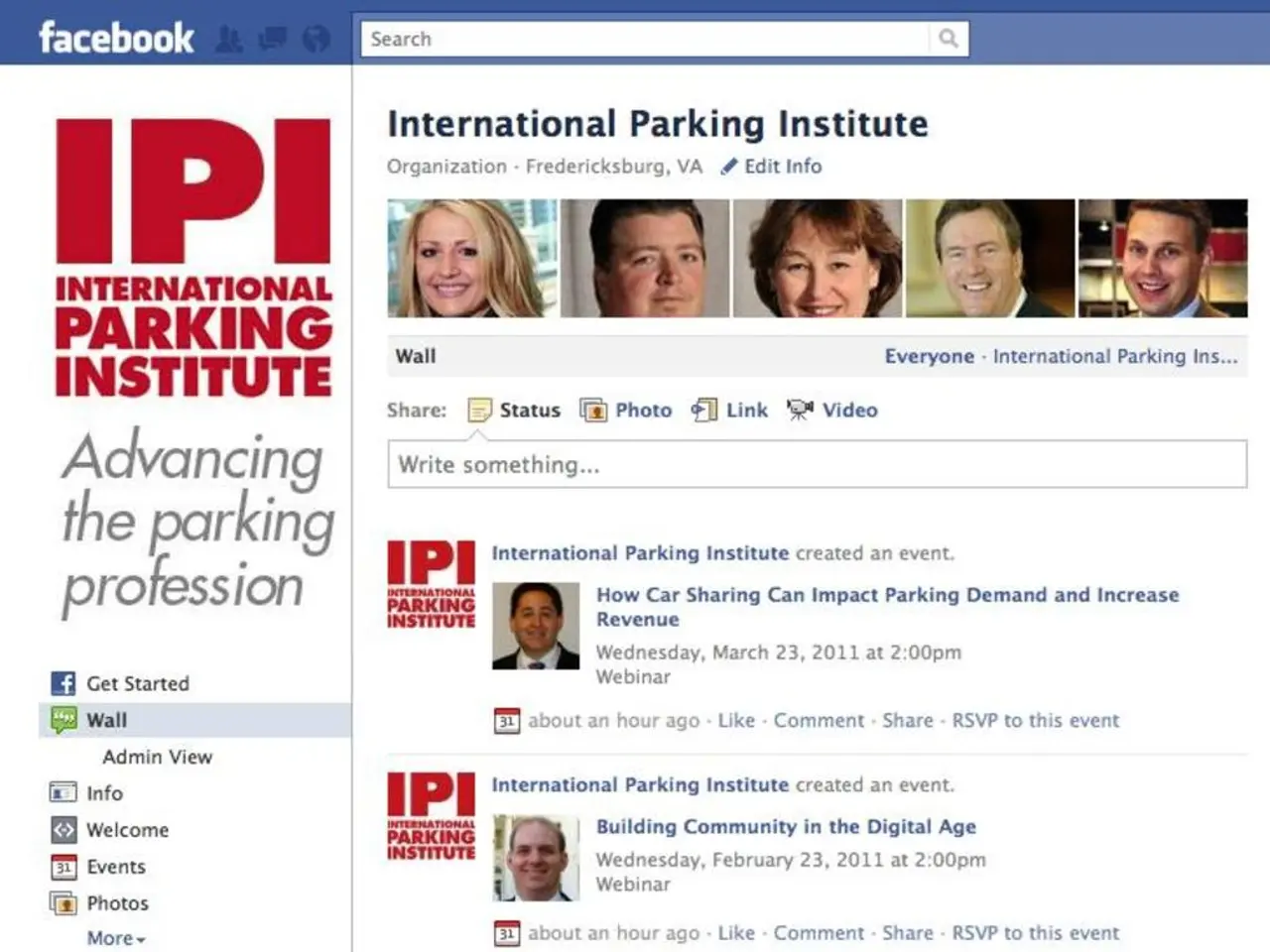US CEOs at leading corporations experience a significant yearly salary increase, now averaging approximately $19 million.
In a recent statement, Sarah Anderson, global economy project director for the non-profit research group Institute for Policy Studies, expressed concern about the growing disparity between CEO and worker pay in U.S. companies. The trend, she argued, is detrimental to democracy.
Over the past few years, CEO pay in S&P 500 companies has significantly outpaced the growth of median employee pay, particularly in companies with lower median worker pay. According to data, the average CEO compensation rose about 34.7% between 2019 and 2024, while median employee pay increased only about 16.3%. This growth lagged behind the roughly 22.6% cumulative U.S. inflation rate over the same period.
The CEO-to-worker pay ratio has continued to widen, with some companies exhibiting ratios far exceeding the S&P 500 average. Median worker pay increases have been relatively modest, and in some cases, nominal pay for employees even declined at certain firms with low wage bases.
CEO pay growth is often fuelled by large stock-based compensation and buybacks rather than commensurate improvements in worker pay, capital investment, or inflation adjustments. The average CEO pay in the group of 100 S&P 500 low-median-pay companies was about $17.2 million annually in 2024, while the average median worker pay was only about $35,570.
The American Federation of Labor and Congress of Industrial Organizations (AFL-CIO) highlighted Brian Niccol's pay package as an example of a wide pay gap between a top executive and a median employee at one of the biggest U.S. companies. Niccol, the CEO of Starbucks, was the second highest paid S&P 500 CEO last year, earning $95.8 million. His annual pay was more than 6,666 times greater than the total pay for the median employee, a part-time barista, who earns about $15,000 a year.
Despite these high pay packages, shareholder support for executive pay packages has remained strong, with the median shareholder support for executive pay packages remaining between 92.4 per cent and 92.6 per cent for the past five years.
The level of pay for S&P 500 executives has drawn scrutiny from groups that question whether it is exacerbating inequality. The widening gap between CEO and worker pay is a key driver of rising inequality and concentration of wealth at the top, according to Sarah Anderson.
This trend has raised policy discussions around executive pay regulation and corporate governance reforms. However, some companies, such as Axon and Starbucks, did not respond to requests for comment.
The total pay for the broader American workforce increased 3.6% in the 12 months that ended December 2024. Meanwhile, the pay for S&P 500 executives rose to $19 million (€16.3 million) in 2024. Nvidia, the most valuable U.S. company, reported a chief executive to median employee pay ratio of 166 to 1, with its median employee earning $301,233 compared with CEO Jensen Huang's total pay of $49.9 million in 2024.
The growing income inequality is making it harder for workers to make ends meet, according to Carin Zelenko, director of capital strategies at AFL-CIO. Jun Frank, head of compensation and governance services at ISS-Corporate, stated that US economic uncertainty may affect executive pay trends in the future.
On the other hand, the median pay for chief executives of the 100 most valuable London-listed companies rose 6.8% to £4.58 million in the 2024-25 year on year. The quickest pace of growth for median chief executive pay since 2021 was an 11.5% gain.
In conclusion, the data indicates a continuing and growing gap between executive compensation and median employee earnings in these large U.S. companies over the past several years. This trend has sparked concerns about income inequality and its impact on democracy.
Read also:
- Wind Farm Controversy on the Boundary of Laois and Kilkenny
- Delaware's contentious offshore wind project faces uncertainty as the Trump administration reverses course on clean energy initiatives.
- Massachusetts' sports betting income surged by 34% year-on-year in April
- Niklas Wilson Sommer's 2023 Fortune Examined




